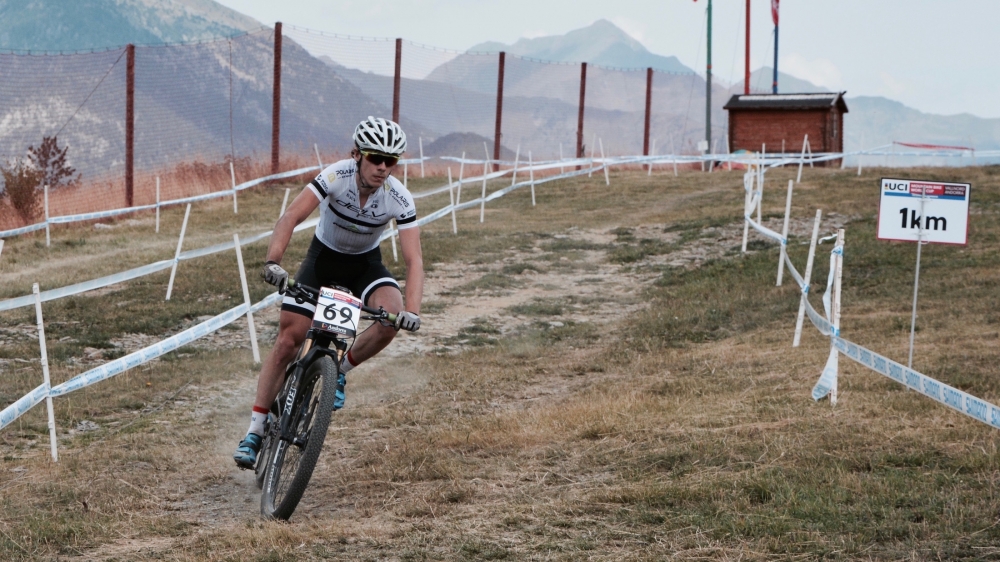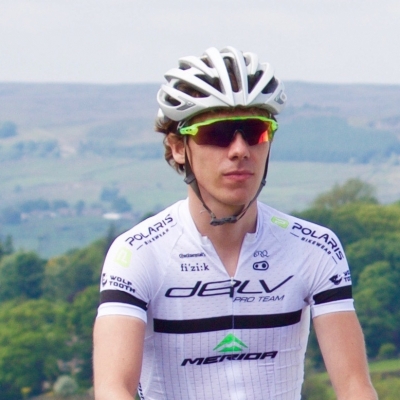XC Racer Blog Post

3 Training Changes for the 2017 Season
Share on Facebook Share on TwitterBY: Tom Bell
Published: 23rd November, 2016
MTB XC racing changes from season to season, and the trend in the last few years has largely been on shorter race times and increasingly technical courses to improve the sports' excitement-factor for spectators.
I think these trends will continue in 2017, and we've already seen marketing from the leading brands suggesting this will be the case.
These evolutions in turn alter the demands of the sport from an athletic perspective. To meet these, here are 3 key changes I'll be making to my training in the build up to the 2017 season, where I'll be focusing on the UCI World Cup, UCI races across Europe and at home, as well as domestic championship events.
Hopefully these might inform the evolution of your training, and if nothing else serve to inject some inspiration during what can be dull part of the year for some.
1. Running
Something I've struggled to do consistently in previous season build-ups is run, but this year I've managed to crack it and now run around 3 times a week. But what does this have to do with MTB XC racing?
Firstly, with MTB XC becoming more technical and power-based, I've grown to see a real value in overall body strength. What running allows me to do is stress very important muscles groups that don't get taxed quite as much as I'd like purely from riding alone. I'm mainly talking about the glutes. I believe many riders' knee problems and lack of power can be improved dramatically by focusing on glute strength, so running helps to fill these performance leaks.
Second, running is a far more explosive sport than general cycling, of which most of my training is made up of. Racing demands a lot of power and explosiveness too, and even running at a relatively comfortable intensity with regards to heart rate, running seems to develop strong muscle fibres that can be advantageously transferred to cycling with the correct training approach.
Finally, running is now a big part of my schedule because it allows me to increase training volume without a huge corresponding increase in mental fatigue. What I mean is that running isn't as taxing on my brain as a second ride is, and the variety of a different activity really makes things easier when it comes to suiting up and getting out the door. It's a great solution to maintaining a good volume of training in the face of shorter days and bleaker weather.
In the approach to the 2016 season, I focused on a polarised cycling training model, which is something I preach quite a lot and use with my own training and with the cyclists that I coach.
2. High intensity development
For those unfamiliar, a polarised model is essentially a way of distributing the training intensity so that the majority of training time is performed well below the lactate threshold, a lesser but still significant portion is performed above the lactate threshold and training time at the lactate threshold is performed sparingly.
I believe in my build-up to 2016 though, I took things a little too far and almost eliminated threshold training, instead starting early with VO2Max work, which made up all of my high intensity work before the season began.
This year however, threshold work has returned to my training program and I’m performing one large session per week alongside a VO2Max workout, as this level of intensity worked well for me last year.
I’ve come to understand the polarised model a little more and how it applies to different sports, which has led me to conclude that it’s still a valuable area to work on for various reasons. I’ll be applying a developmental approach to my high intensity training and will transition from less-specific to very-specific workouts and intensities as the my goal events approach.
3. More MTB time
Coming back to one of the biggest changes to the sport, I see an increasing need to spend time on the MTB and weight the technical skills component of performance a little more than in previous years. The new-school XC racers coming through the ranks appear to be better bike handlers than some of the past champions, and it seems like this transfers to greater performance more than it has done in the past.
So what does more MTB time mean in a practical sense? Well, it incorporates more interval sessions done on the MTB and off-road, more recovery rides on the MTB, specific sessions on a concentrated XC race-like loop and also dedicated skill session on cornering, jumps etc.
Again, as much as this will help when it comes to negotiating technical features in-season, these kinds of sessions add variety to my training, which is very helpful throughout this time between seasons when it comes to motivation and wanting to see progression in more than just power numbers.
The above aren't all the changes I'll be making by any means and there will be lots of tweaks made to just about every facet of my plan, but these are certainly some of the headline iterations.
What changes will you be making to your training? What are you carrying forward, stopping or starting for the 2017 season? Leave a comment or check out my cycling training tips.
Blogger Info:

Tom Bell
Read More By TomDisclaimer:
This blog post was written by a third party and their views do not necessarily reflect the views of XCRacer.com
Contact Us | Advertise | Use Our Online Entry System
All content © XC Racer.com | Website Designed and Developed by DesignUNLTD
